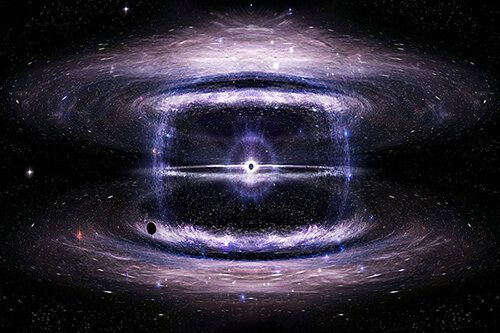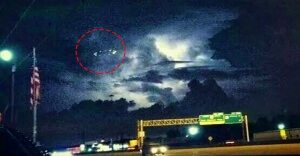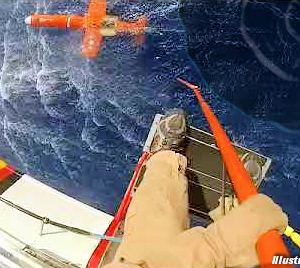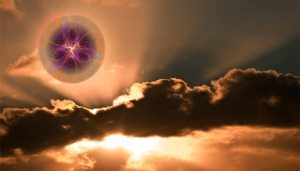A massive black hole doesn’t look suitable for humans, but there are researchers who suspect that life in such extreme circumstances could be a reality for the super-advanced species of aliens, those who are way up on the Kardashev scale of comparison.
“Interiors of super massive black holes may be inhabited by advanced civilizations living on planets with the third-kind orbits,” Russian cosmologist Vyacheslav Dokuchaev from Moscow’s Institute for Nuclear Research of the Russian Academy of Sciences writes in his paper published in Cornell University’s online journal arXiv.
“We could live inside a super massive black hole eventually… but super-aliens may have already beaten us to it,” states Dokuchaev. After all, his disputed theory is based more on Einstein’s theories than on science fiction.
Considered the most destructive force in space, the super massive black holes will capture not only matter in their gravitational rage, but light itself, given that the escape velocity is bigger than the speed at which light travels. This means that all the exits lead back to the center of the black hole, crushing matter endlessly.
So, how do these super aliens manage to make a super black hole habitable?
Professor Vyacheslav I. Dokuchaev, a physicist at the Institute for Nuclear Research, Russian Academy of Sciences in Moscow, graduated from the Moscow Institute of Physics and Technology asserts that some of the existing evidence coupled with the research that had been done so far leads to different types of black holes that could be hospitable by the super-advanced alien life forms.
Orbits encountered beyond the black hole’s horizon (or the point of no return) cannot be defined by our reality. It’s an entirely new realm, where time and space flows relentlessly and life can adapt and exist in this particular point, Professor Dokuchaex explains.

A complex internal structure has to exist inside a black hole, which could allow for the safe-passage of planets orbiting around the central singularity, so that no collisions may occur.
“We hypothesize,” the cosmologist explains in his paper, “that civilizations of the third type – according to Kardashev scale may live safely inside the supermassive BHs in the galactic nuclei being invisible from the outside…”
According to the Kardashev Scale, the so-called Type III is reserved only for those advanced lifeforms residing in the Universe. We, humans haven’t even reached Type 1 on the scale.
According to the Russian cosmologist, who made a series of theoretical calculations, inside a twisting black hole, there are defined areas where photons can survive in stable and constant orbits.
According to the study, if there are stable orbits for photons, there is no reason why there could not be also present stable orbits for larger astronomical objects, such as planets. Thus, if an object hits one of such orbits, it will move around the central singularity of the black hole but it will not fall. It’s just like in Earth-Sun relationship. The earth revolves on a fixed orbit around the Sun at a distance safe for the life on the planet.
Stable orbits as explained in Professor Dokuchaev’s paper – the orbit of a photon stabilizing in a supermassive black hole, with thin line indicating the start point and thicker line the end point.
Certain difficulty is reached when trying to break into this central point, as a stable orbit would only exist after the threshold of the event horizon has been surpassed. In that stage, time and space would flow into one another. The broader the hole, the better, since there will be more space for orbits, summing up with the fact that tidal forces would not be so substantial there.
According to the research, millions, if not billions of stars, a mass of our sun could fit inside a super massive black hole. Apart from the incredibly efficient cloaking system, the possibility of other star systems inside of black holes offers a new perspective over proportions and life itself. Years ago, researchers only theorized about the existence of super massive black holes, and today, numerous astronomers observe them in the center of galaxies, even inside the Milky Way.









